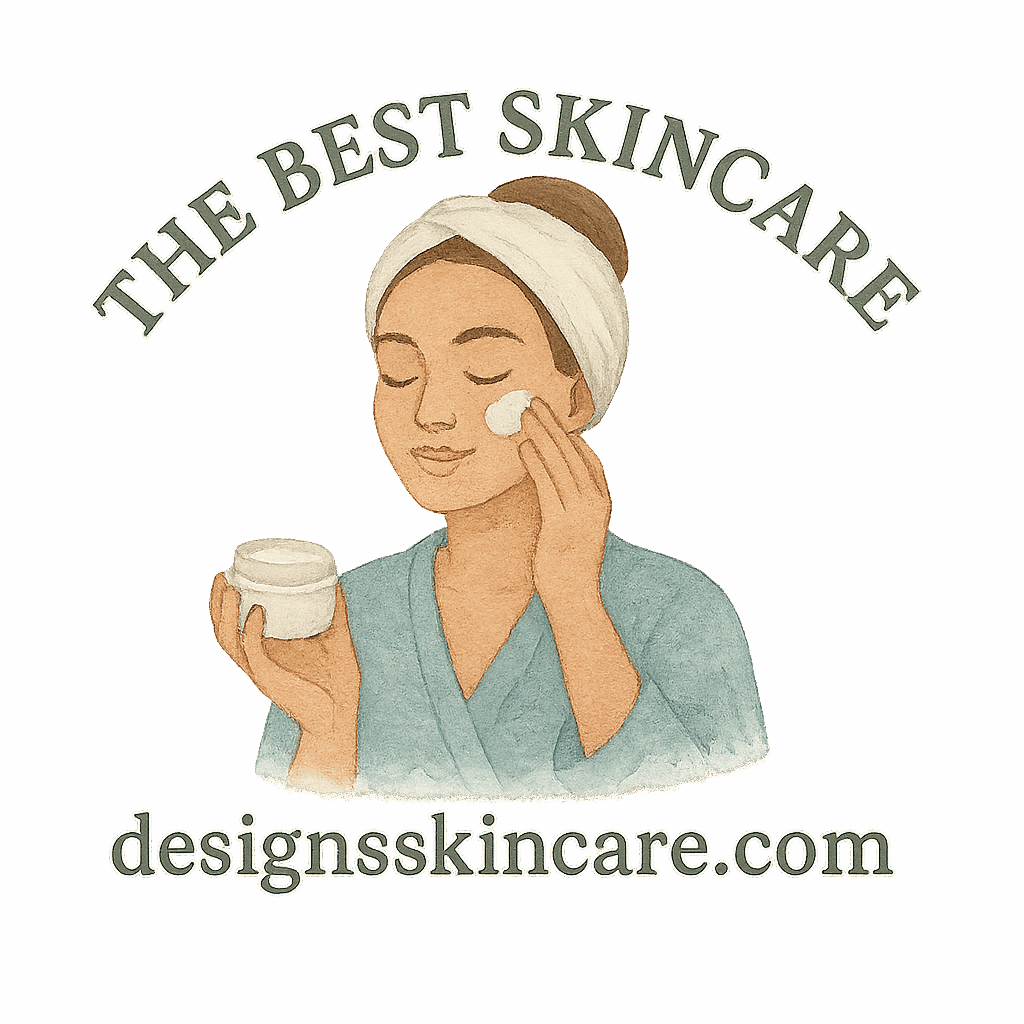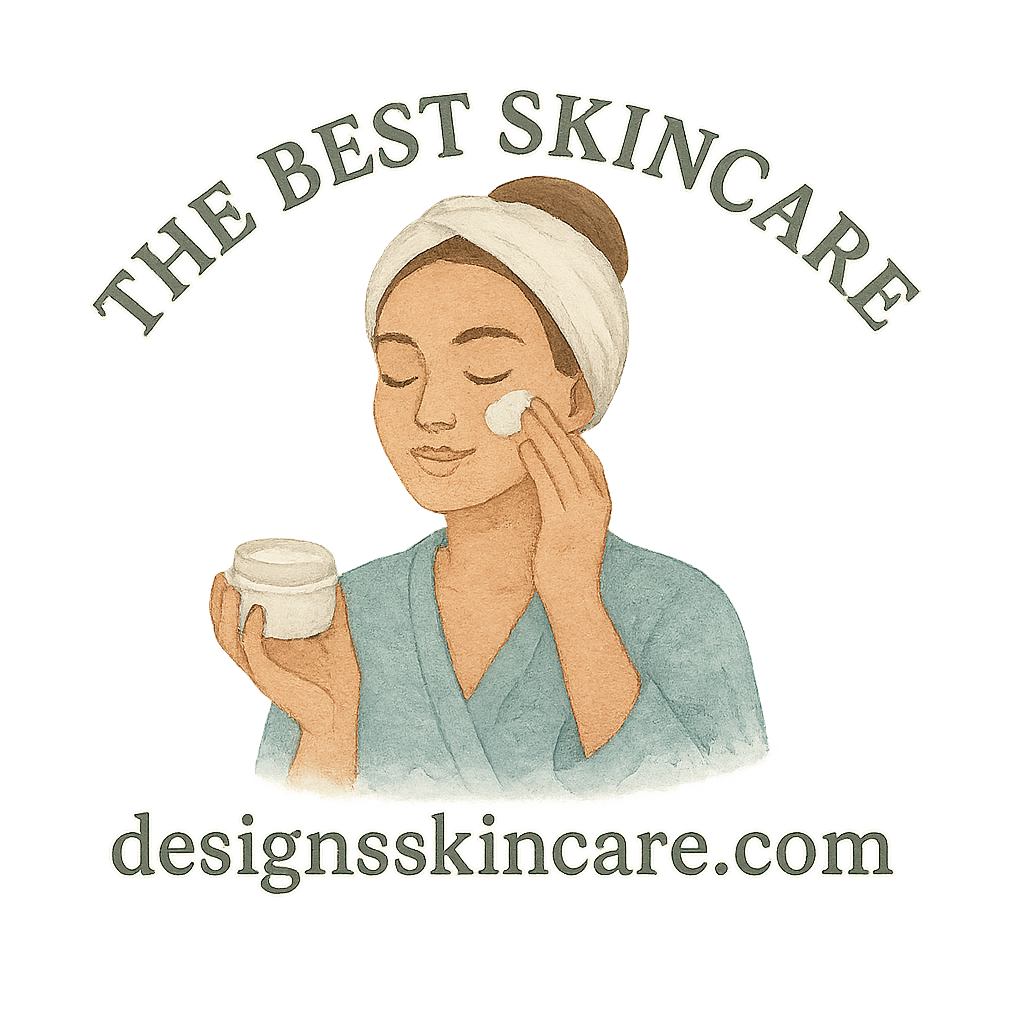Why Minimalist Skincare Matters
If you’ve ever stood in front of a cluttered bathroom shelf full of half-used serums, expired creams, and products you barely touch, you’re not alone. The minimalist skincare trend is a response to the chaos of “too much.” Instead of layering dozens of products, people are moving toward simple routines that focus on what truly works.
The Shift Toward Simplicity in Skincare
Minimalist skincare doesn’t mean neglecting your skin. It means being intentional—choosing products with clear purposes, safer ingredients, and fewer unnecessary extras.
Benefits of Cutting Back on Overloaded Products
- Less irritation from product overload.
- More money saved by buying only what you need.
- Better awareness of what’s actually working on your skin.
The Problem with Hidden Toxins
You’d think that going minimalist automatically shields you from harmful ingredients, but not so fast. Even the simplest-looking moisturizer or cleanser can hide problematic chemicals.
How Toxic Ingredients Sneak Into Skincare
Brands often use certain preservatives, stabilizers, or fragrances to extend shelf life or make products “feel luxurious.” Unfortunately, these ingredients can disrupt hormones, cause skin irritation, or even carry long-term health risks.
Why Minimalist Users Still Need to Be Cautious
Minimalist routines may use fewer products, but that makes each product even more important. If your go-to moisturizer or sunscreen is packed with toxins, your skin is exposed daily—sometimes more than if you were rotating multiple items.
12 Hidden Toxins to Avoid in Minimalist Skincare Routines
Let’s get into the real culprits. If you’re building a minimalist skincare routine, these are the 12 hidden toxins you’ll want to avoid.
1. Parabens
Used as preservatives, parabens mimic estrogen in the body and may interfere with hormone balance. Look for labels that say “paraben-free” to play it safe.
2. Phthalates
Often found in fragrance or plastic packaging, phthalates have been linked to reproductive issues. If you see “fragrance” without full disclosure, assume phthalates could be hiding inside.
3. Synthetic Fragrance
A single “fragrance” label can represent hundreds of undisclosed chemicals. Some can trigger allergies, headaches, or hormone disruption. Opt for fragrance-free or naturally scented products.
4. Formaldehyde-Releasing Preservatives
Ingredients like DMDM hydantoin or imidazolidinyl urea slowly release formaldehyde—a known carcinogen. Definitely not something you want soaking into your skin.
5. Sodium Lauryl Sulfate (SLS)
This foaming agent is common in cleansers but can strip skin’s natural oils, leading to dryness and irritation. Switch to gentler surfactants like coco-glucoside.
6. Mineral Oil
Though moisturizing, mineral oil is a petroleum byproduct. It can clog pores and suffocate the skin barrier. Plant-based oils like jojoba or squalane are far better options.

7. PEG Compounds
These emulsifiers help blend ingredients but may contain harmful byproducts like 1,4-dioxane, which is a potential carcinogen.
8. Triclosan
Once popular in antibacterial washes, triclosan can mess with thyroid function and promote antibiotic resistance. Not exactly “minimalist-friendly.”
9. Siloxanes
These silicone-based compounds make products feel silky but can bioaccumulate in the body and environment. Look for alternatives like aloe-based hydrators.
10. Oxybenzone
A common sunscreen chemical, oxybenzone is linked to hormone disruption and coral reef damage. Safer mineral sunscreens with zinc oxide or titanium dioxide are better choices.
11. Coal Tar Dyes
Found in some makeup and skincare tints, these dyes may contain heavy metals. Always check labels for “FD&C” or “D&C” followed by a number.
12. Toluene
Used in nail products and some skincare, toluene is a solvent that can affect the nervous system and cause headaches or dizziness.
How to Identify Hidden Toxins on Labels
Reading Ingredient Lists Like a Pro
Start from the top—ingredients are listed by concentration. The first five ingredients usually make up most of the product.
Red Flags to Watch Out For
- Vague terms like “fragrance” or “parfum.”
- Ingredients you can’t pronounce (though not always bad, they’re worth researching).
- Petroleum-based additives.
Safer Alternatives for a Minimalist Routine
Natural Preservatives
Look for vitamin E, rosemary extract, or fermented radish root as safer options.
Plant-Based Oils Instead of Mineral Oil
Jojoba, almond, rosehip, and squalane mimic skin’s natural oils without suffocating pores.
Safer Sunscreen Ingredients
Zinc oxide and titanium dioxide are non-toxic and reef-safe—perfect for daily use.
Building a Non-Toxic Minimalist Skincare Routine
Essential Steps Only
A good minimalist routine doesn’t need more than three or four steps:
- Gentle cleanser
- Lightweight moisturizer
- Broad-spectrum sunscreen
- Targeted treatment (if necessary)
Choosing Multi-Functional Products
A moisturizer with built-in SPF or a serum that hydrates and brightens can simplify your shelf and reduce toxin exposure.
Internal Factors That Support Healthy Skin
The Role of Diet and Hydration
Your skincare routine isn’t just what you put on your face—it’s also what you eat. Healthy eating and consistent hydration support skin balance from within.
Sleep, Stress, and Skin Balance
Stress hormones can trigger breakouts and even worsen hormonal acne. Minimalism should extend to your lifestyle—prioritize rest and balance.
Expert Tips for Maintaining Minimalist Skincare
Travel-Friendly and On-the-Go Solutions
Check out portable skincare products that don’t compromise safety or quality. Minimalist routines should adapt to travel just as well as they do at home.
When to Consult a Dermatologist
If you’re battling chronic breakouts, rosacea, or stubborn dryness, professional guidance can help you identify hidden triggers.
Conclusion
Minimalist skincare isn’t just about cutting products—it’s about choosing safer, cleaner options that respect both your skin and long-term health. By avoiding hidden toxins like parabens, phthalates, and oxybenzone, you’re making sure your minimalist routine truly supports your glow. Remember: less is more, but safer is best.
For more in-depth guides, check out resources on skincare by skin type, skincare routine essentials, and ingredient deep dives.
FAQs
1. Is minimalist skincare suitable for all skin types?
Yes, but you’ll want to adapt product choices based on whether you have oily, dry, or sensitive skin.
2. How do I know if a product has hidden toxins?
Check the ingredient list carefully, and use databases like EWG’s Skin Deep.
3. Can natural products still irritate skin?
Absolutely. Even plant-based ingredients like essential oils can be too strong for sensitive skin.
4. Do I need sunscreen in a minimalist routine?
Yes—sunscreen is the single most important step for skin health.
5. What’s the safest moisturizer for minimalists?
Look for lightweight, fragrance-free moisturizers with plant oils.
6. Should I avoid all preservatives?
Not necessarily. Preservatives prevent harmful bacteria growth—just stick to safer, natural ones.
7. Can my diet really replace skincare products?
Not replace, but it complements your routine. A balanced skincare diet supports healthy, glowing skin from the inside out.


